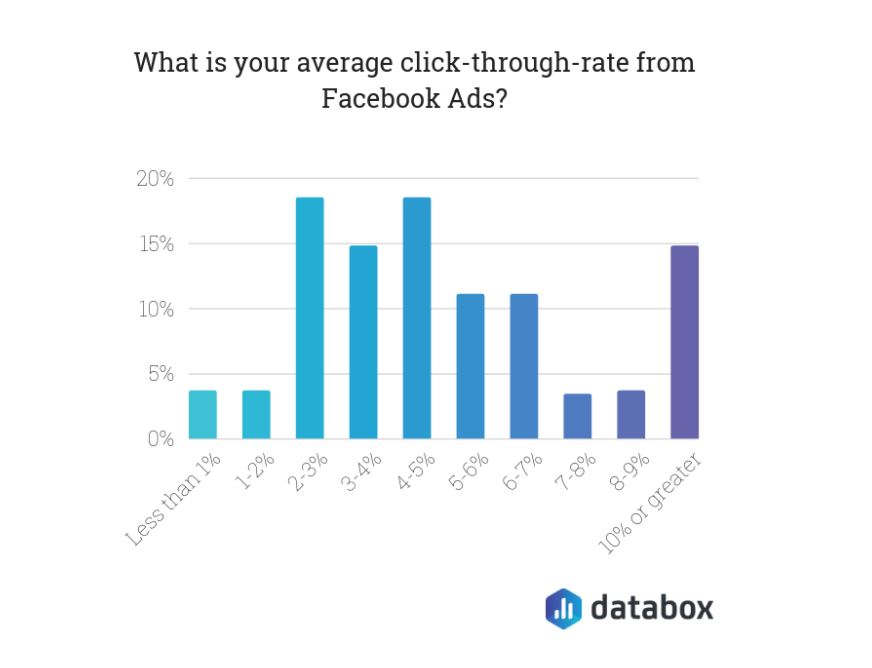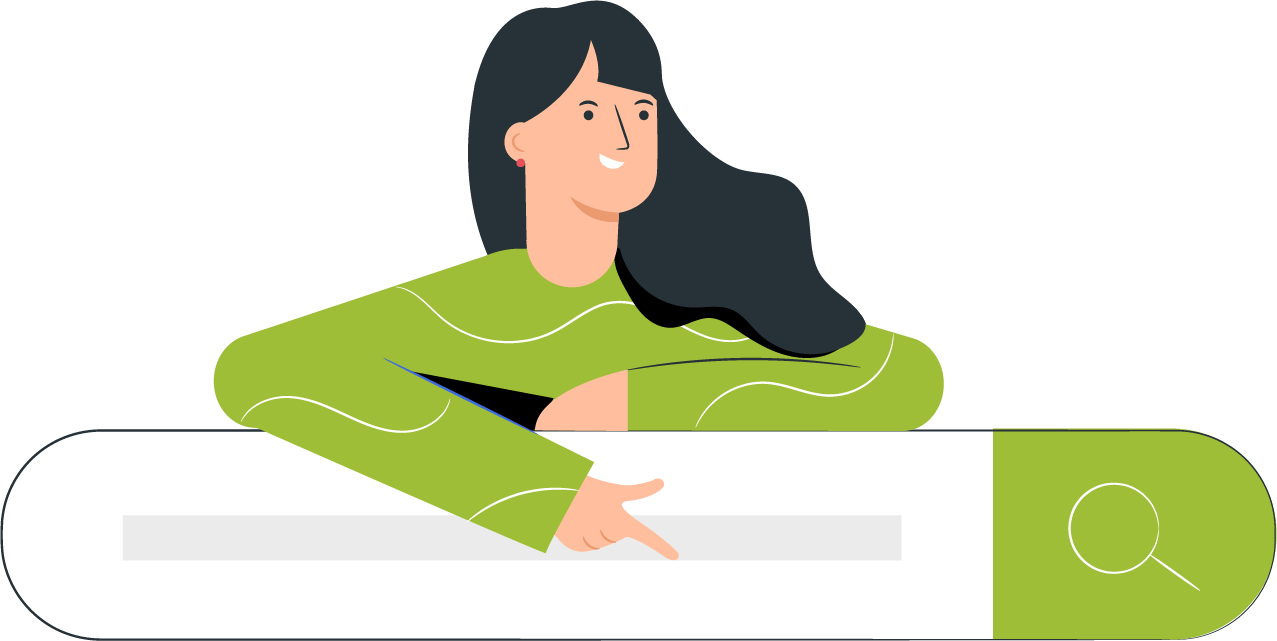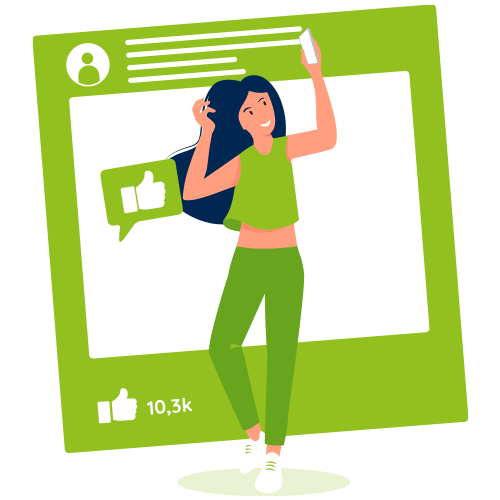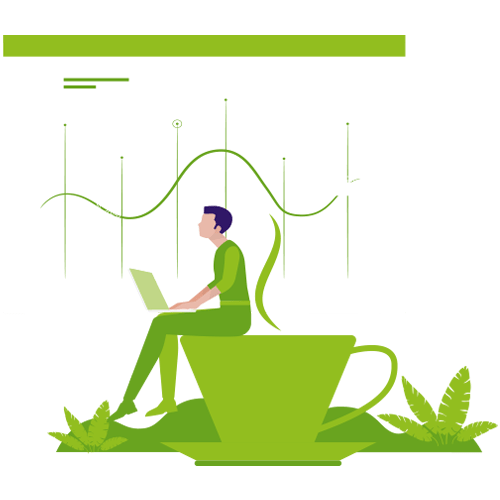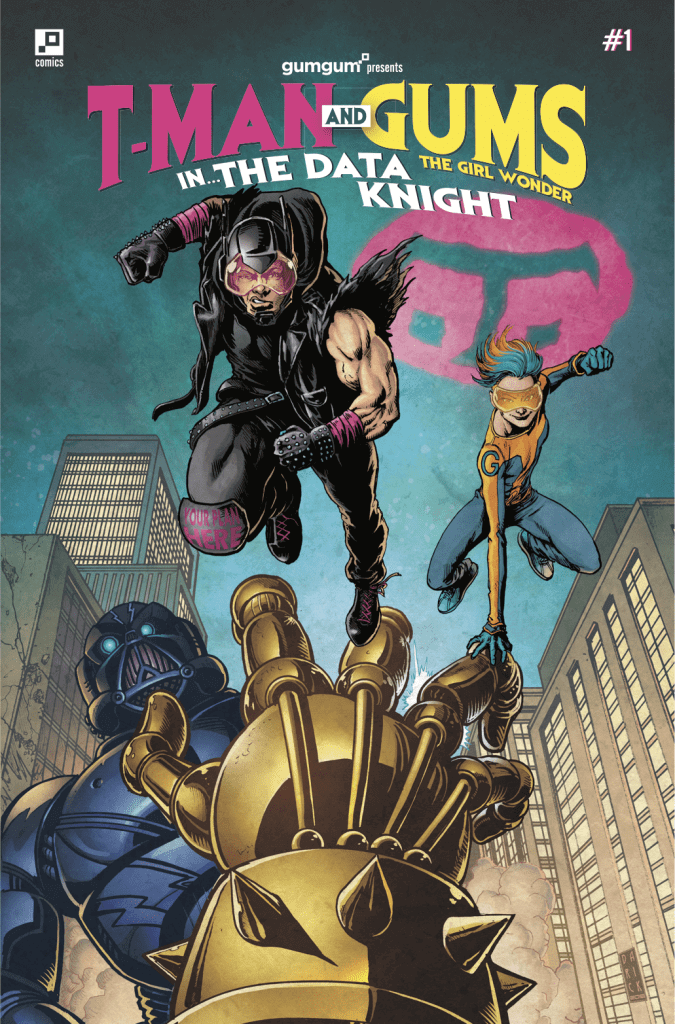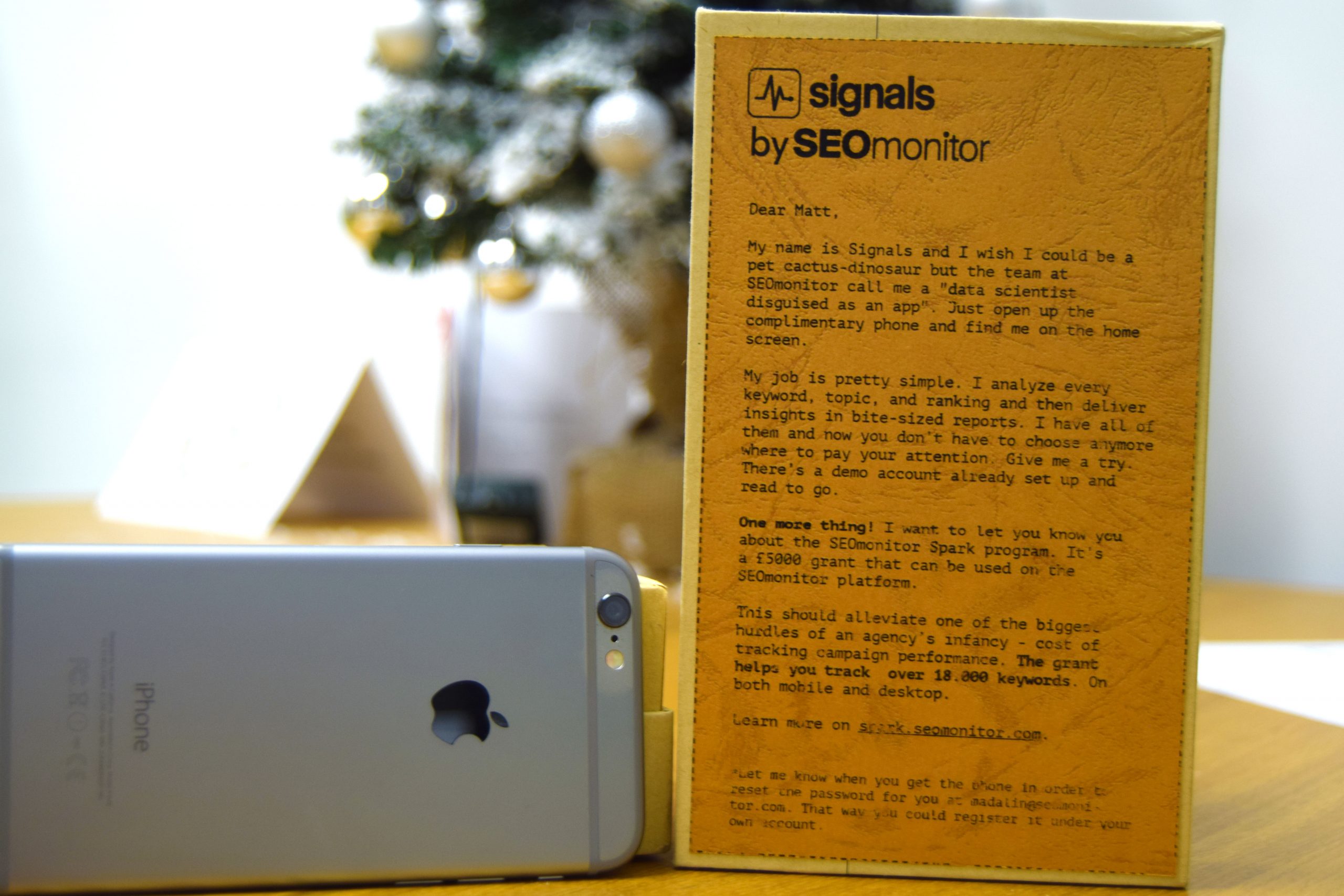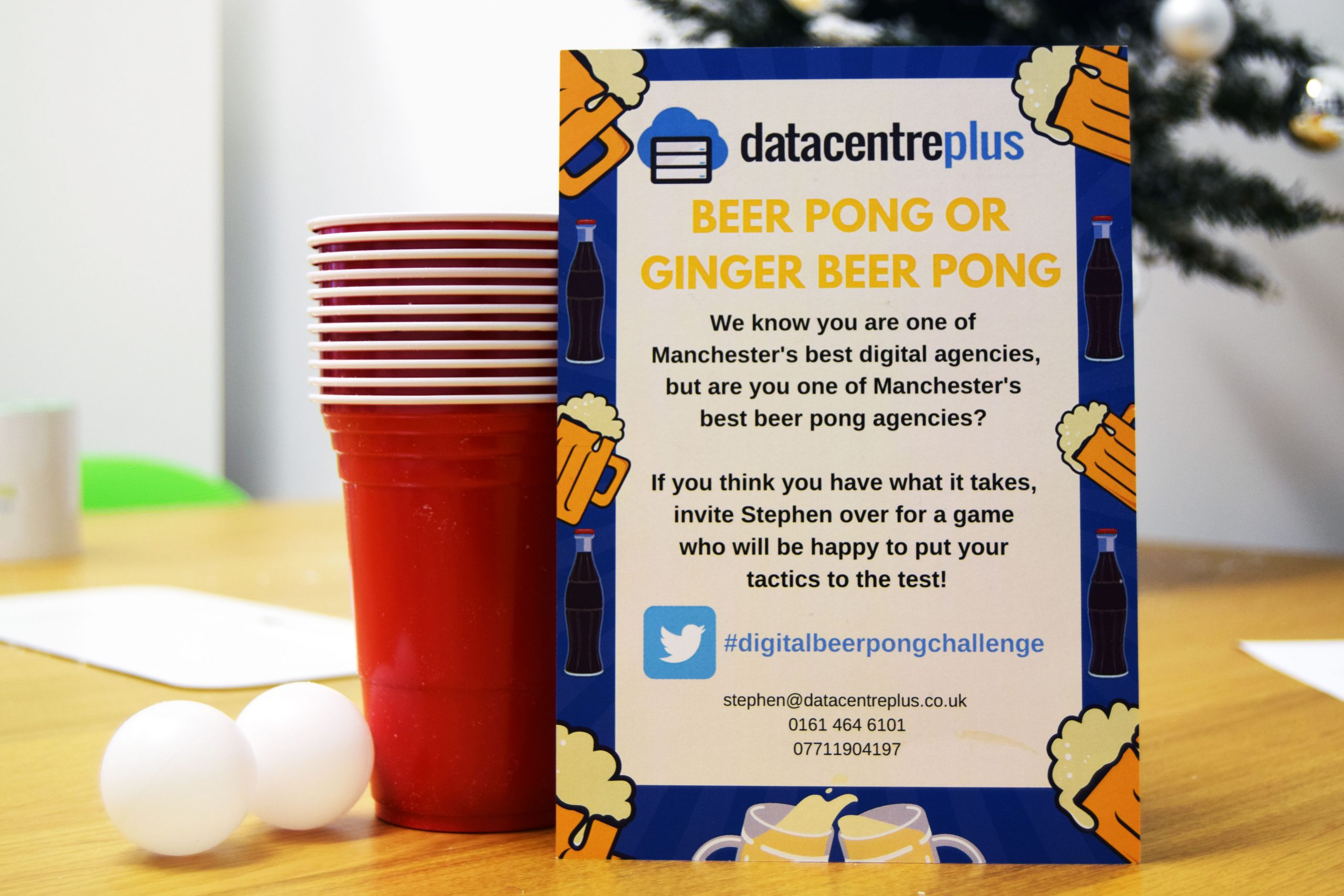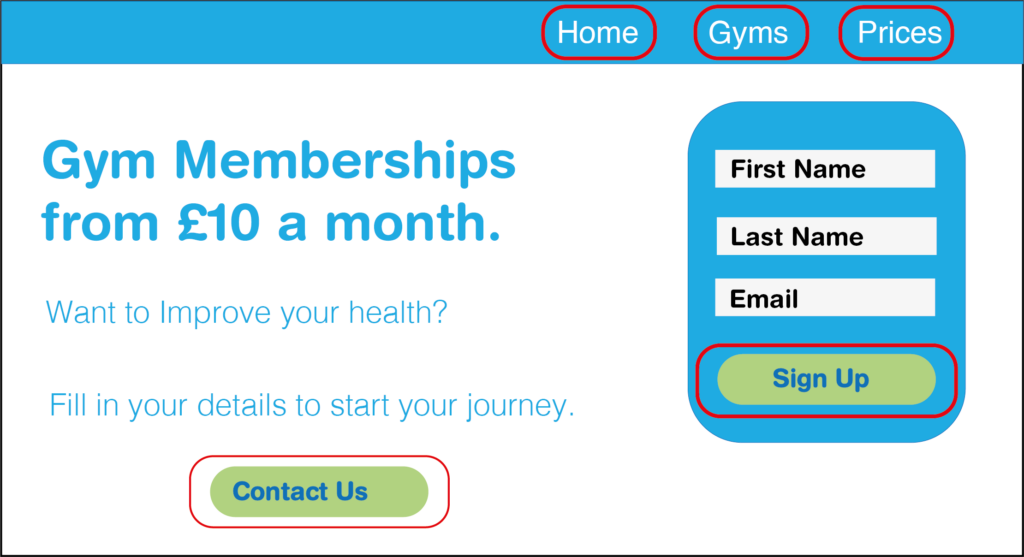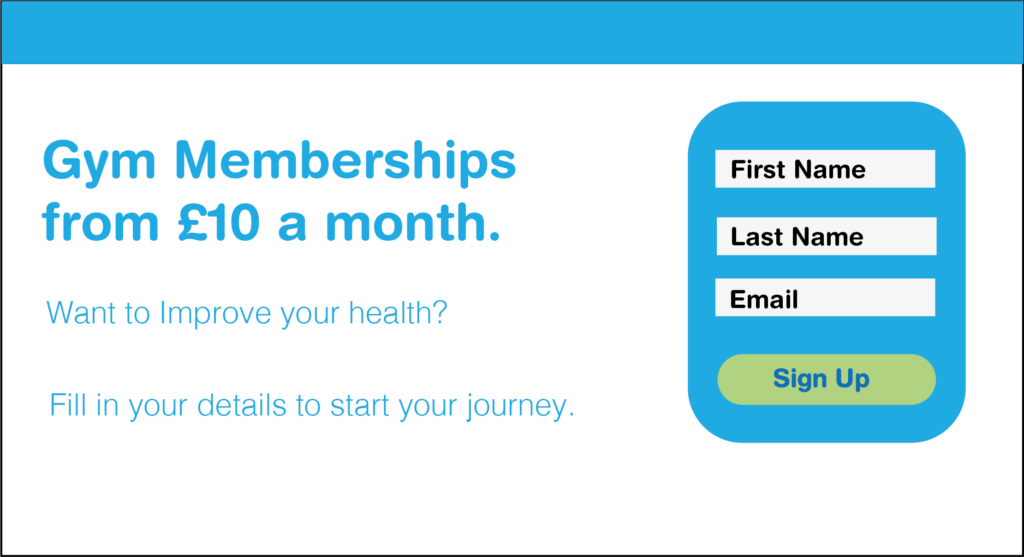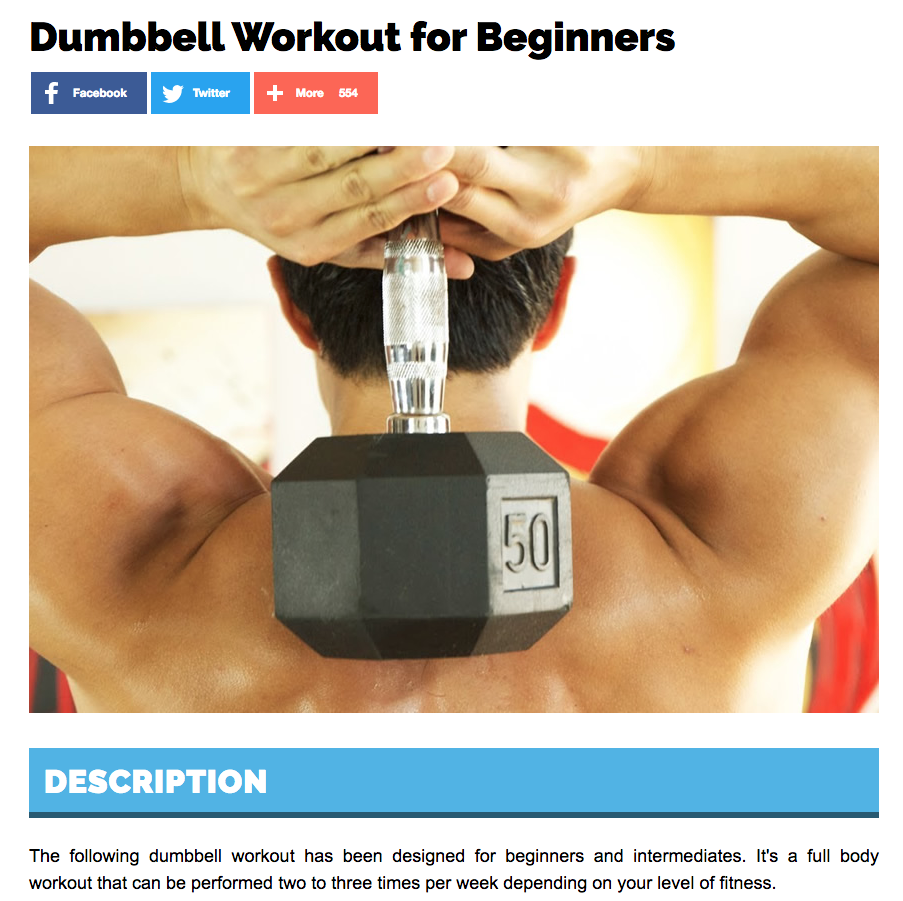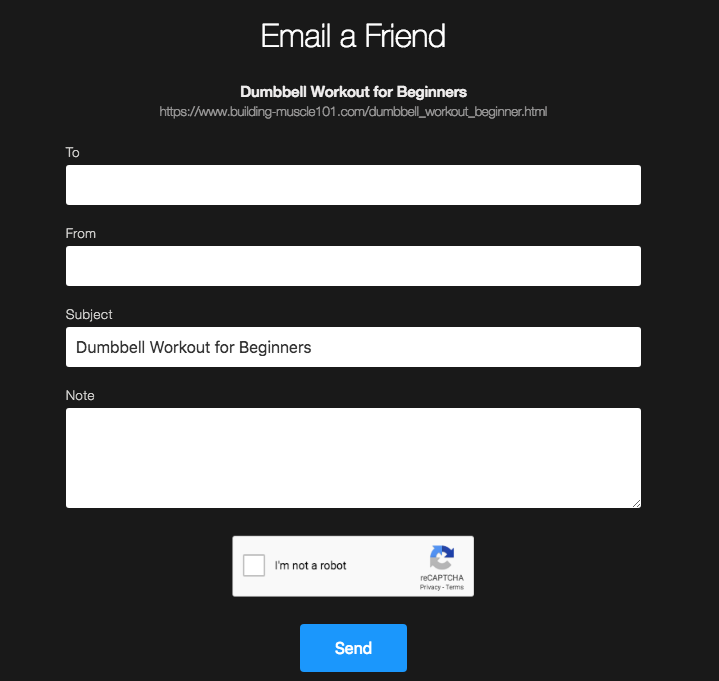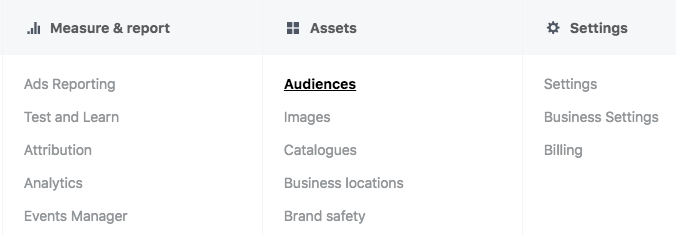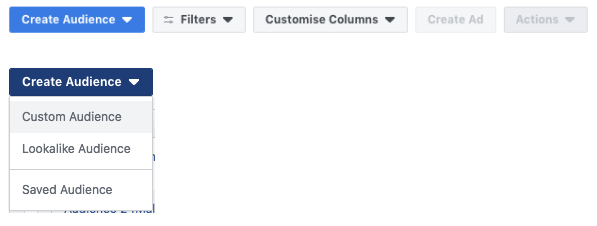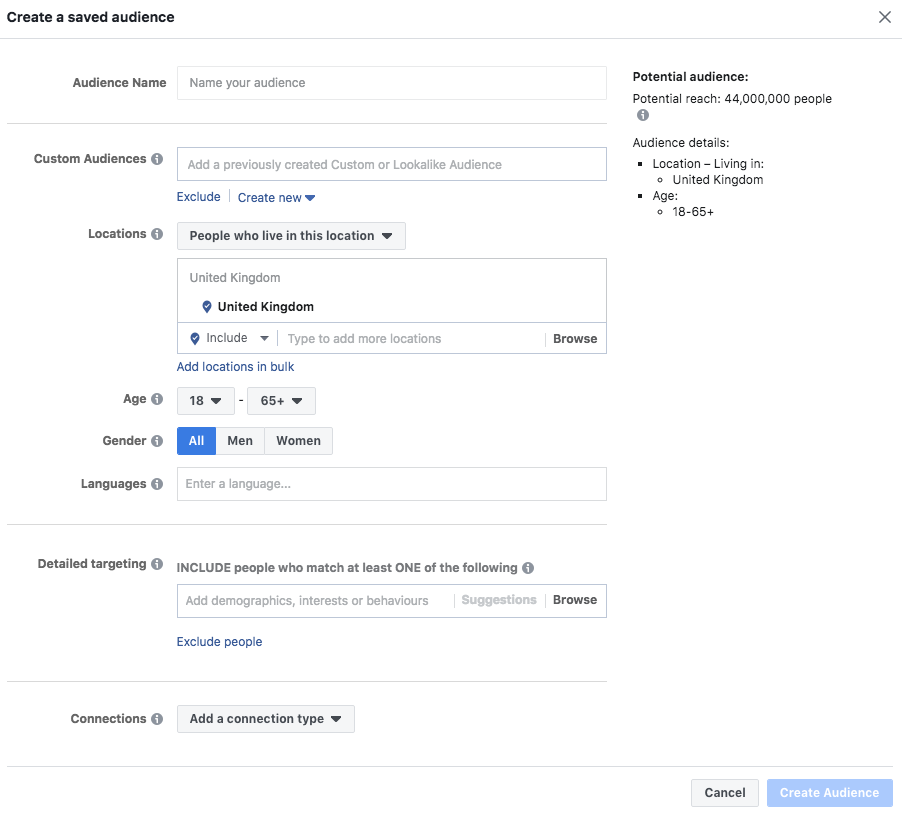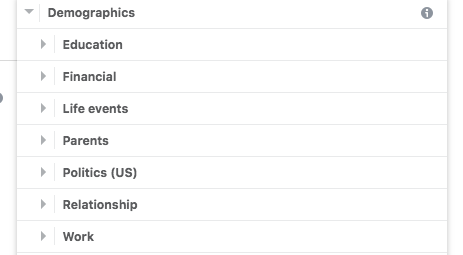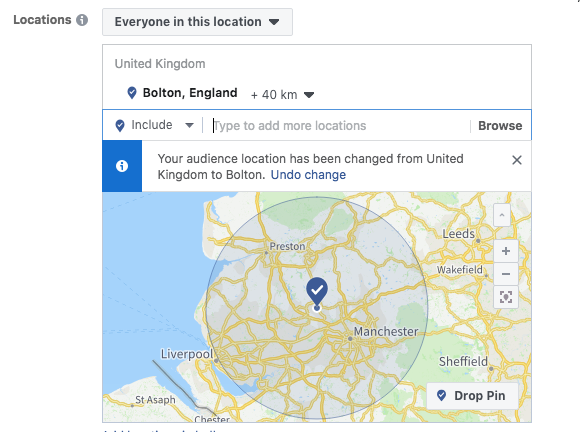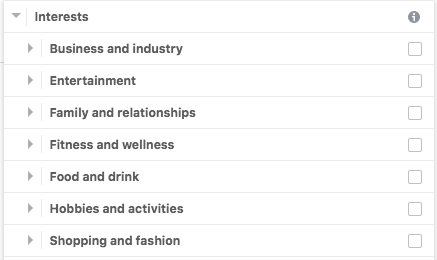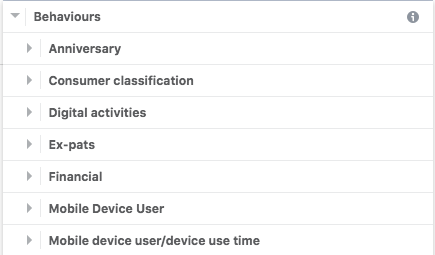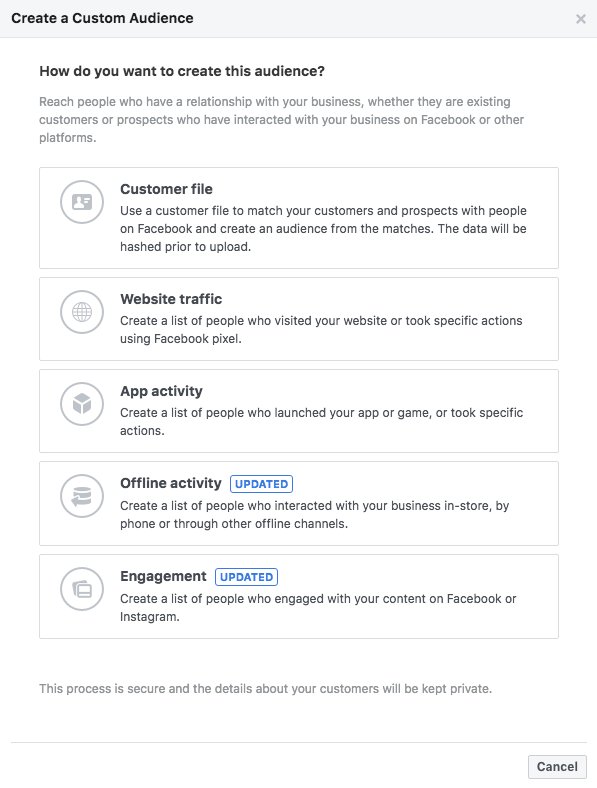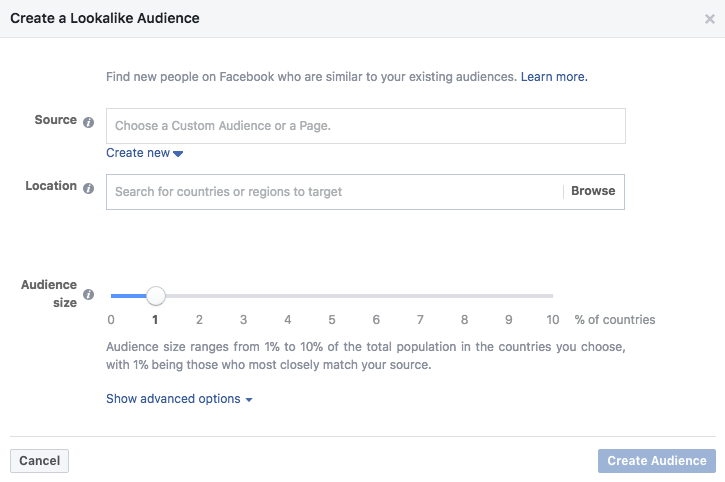Retargeting Ads for Law Firms
Paid advertising is one of the most effective ways to get your law firm in front of prospective clients. Retargeting ads are among the most impactful ways to grow your brand’s footprint, but you need to know how to do them, or you risk spending a lot of money for little return.
In fact, one in five marketers admitted to having a dedicated retargeting budget, with most marketers focusing on Facebook and Instagram. If you want to supercharge your firm’s growth, here’s your guide to retargeting ads and how they work.
What are retargeting ads?
In an ideal world, potential clients would visit your website and hire your law firm. In reality, 96% of people who visit your website aren’t ready to act on their first visit. It’s not a slight on your website. It’s just the way it is.
This is where retargeting comes in. It’s an advertising strategy that keeps your law firm in front of potential clients after they leave your website. Retargeting ads are explicitly shown to visitors based on their activity on your website.
In other words, display ads target people who have never heard of you, while retargeting ads target those who’ve already “touched” your business. Studies have shown that retargeting ads have a 70% higher conversion impact than ordinary display ads. Why is this the case?
It goes back to the traditional marketing principle of the Rule of Seven. The Rule of Seven states a company must touch a client at least seven times before they convert.
How do retargeting ads work for law firms?
Retargeting ads make it possible to show ads to your website visitors based on a range of metrics, including:
- Number of times they visited your website.
- Time spent on your website.
- Pages clicked on.
- Other behaviours displayed on your website.
This can be done by tracking pixels embedded on your website or holding the visitor’s email address. The tracking depends on the type of retargeting campaign and the action you’re looking for.
Let’s run through the step-by-step process a visitor to your legal website might follow with retargeting:
- A potential client visits your website.
- They show interest in your legal services.
- They leave without taking action.
- Later, they visit other legal websites.
- Your retargeting ad appears and recaptures their interest.
- The client then clicks on the ad, returns to your website and contacts you about your legal services.
Some clients may return to your website when they see one of your retargeting ads. Others may need to see multiple ads or multiple repeat visits to act. It all depends on the client.
An example of a retargeting ad
What does a retargeting ad look like in the field? Here’s an example of what an effective retargeting ad looks like, from our own retargeting project!
Do retargeting ads work in the legal sector?
Dive into the statistics surrounding retargeting ads, and you’ll see big claims. For example, one study says retargeting ads are 76% more likely to be clicked on than ordinary display ads. The problem is most of these numbers come from eCommerce, which is by far the biggest market for retargeting ads.
So, do they work as well within the legal sector?
Although research into retargeting and the legal sector is sparse, no evidence states that it shouldn’t work. Although the needs of legal clients may differ, marketing principles remain the same. Principles, like the aforementioned Rule of Seven, don’t change because you sell legal services instead of retail items.
Finding the right platforms for legal retargeting ads
Retargeting ads can be delivered across several common marketing channels. Most lawyers will use three primary platforms:
- Social Media—Facebook and Instagram are the easiest platforms to run retargeting ads on because of their built-in platform capabilities, including features like the Facebook Cookie Pixel. However, solicitors can also run retargeting ads via X (Twitter), LinkedIn and YouTube.
- Google Display Network—The Google Display Network displays side-of-site and banner ads on sites that are part of the network. This retargeting platform is effective because it features ads on websites your audience will likely visit, meaning your message follows your prospect.
- Google Ads—Google ads follow the same principle, but they show up on the search engine itself.
These three avenues should form part of every lawyer’s retargeting campaign, but they’re not the only platforms where you can display retargeting ads. It all depends on where your audience typically is.
Setting up a successful retargeting campaign for your law firm
Marketing professionals rave about retargeting campaigns. Approximately 92% of marketers said retargeting platforms are just as effective or better than search marketing. However, no form of paid advertising can deliver guaranteed results.
Setting up successful retargeting campaigns is both art and science. Nailing a great campaign from the start requires time and constant optimisation. Here’s what you must know about creating impactful campaigns.

Step one – Build your list of targets
Firstly, you must build the infrastructure to capture and retarget those who’ve already visited your website. This includes installing the Facebook Pixel on your website and setting up Google Analytics.
These tools inform you where people spend time on your website and what they do. It’s this data you’ll feed into each of your retargeting campaigns. Over time, you can also segment these visitors to produce laser-targeted retargeting ads.
Step two – Choose the right platforms
The right platform is the platform where your audience is. You need to know which platforms your ideal client uses.
For example, lawyers specialising in business law can reasonably assume that a professional social media network like LinkedIn would be a happy hunting ground. On the other hand, if most of your clients deal with motoring law, Facebook could be the better option. Market research is the only way to find out.
Step three – Creating ads that convert
Retargeting ads focus more on direct conversion than other types of ads. Your targets already know your brand and what you do. The point is to create an ad that reminds them of your law firm and encourages them to get in touch.
Like any ad, it needs excellent copy, a solid call to action and imagery that draws the eye. This is where working with a digital marketing professional really pays dividends.
Step four – Manage your ad appearances
Ensure your audience doesn’t see your ad too many times. Too many appearances can annoy and push people away. For example, SurveyMonkey reveals that 74% of users believe there are too many ads.
Overexposure is as harmful as underexposure, so you must use frequency-limiting features. Practically all major platforms have these features to limit how many times your targets will see your ads.
Step five – Track and optimise
The final step in any successful campaign is using the data you generate to optimise your campaign. Examining your retargeting data is an opportunity to make informed decisions to enhance the effectiveness of future ads.
Metrics to follow for worthwhile retargeting include:
- Emails sent.
- Direct calls gained from ads.
- Contact forms filled out.
- Cost per client acquisition.
Ideally, you should begin tracking these metrics before launching retargeting ads to establish a baseline to compare.
Why retargeting is a key strategy for law firms
Retargeting ads take time to perfect, but it’s a journey well worth embarking on. If you’re not sure whether adding them to your digital marketing strategy is right for you, here are the benefits:
- Highly Targeted – Retargeting delivers ads to an already engaged audience. This is effective for solicitors where clients tend to take time to research and compare different options before committing to a solicitor.
- More Visibility—These ads provide extra visibility for your law firm even after prospects leave your website, keeping your name at the forefront of their minds.
- Improve Conversion Rates – Retargeting ads are a proven method of improving conversion rates. They’re several times more effective than ordinary display ads, which you might already be running.
- Build Your Credibility – Retargeting ads contribute to improving your credibility because your name will appear on other websites. Over time, this will establish your practice as a trusted source of truth for legal matters.
Despite the benefits, mastering retargeting ads and boosting your ROI is a challenging feat. That’s why turning to an experienced digital marketing firm is essential for acquiring results and avoiding wasted funds. To learn more, speak to one of the Tao Digital Marketing team about launching your retargeting campaign today.
